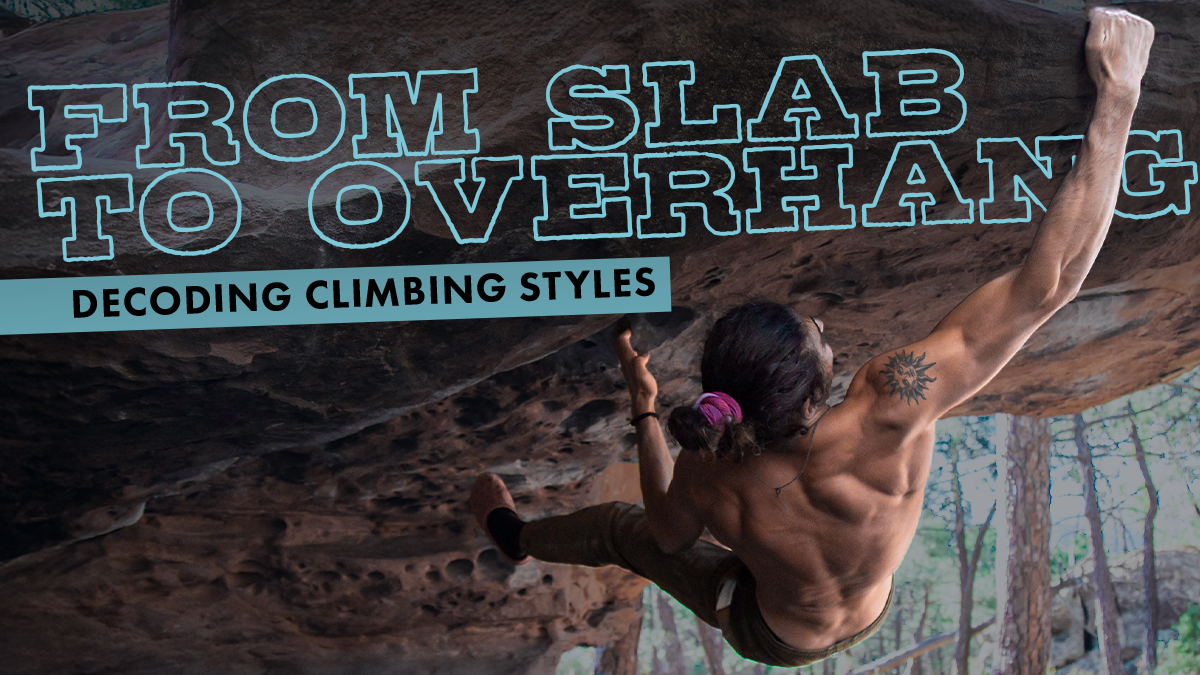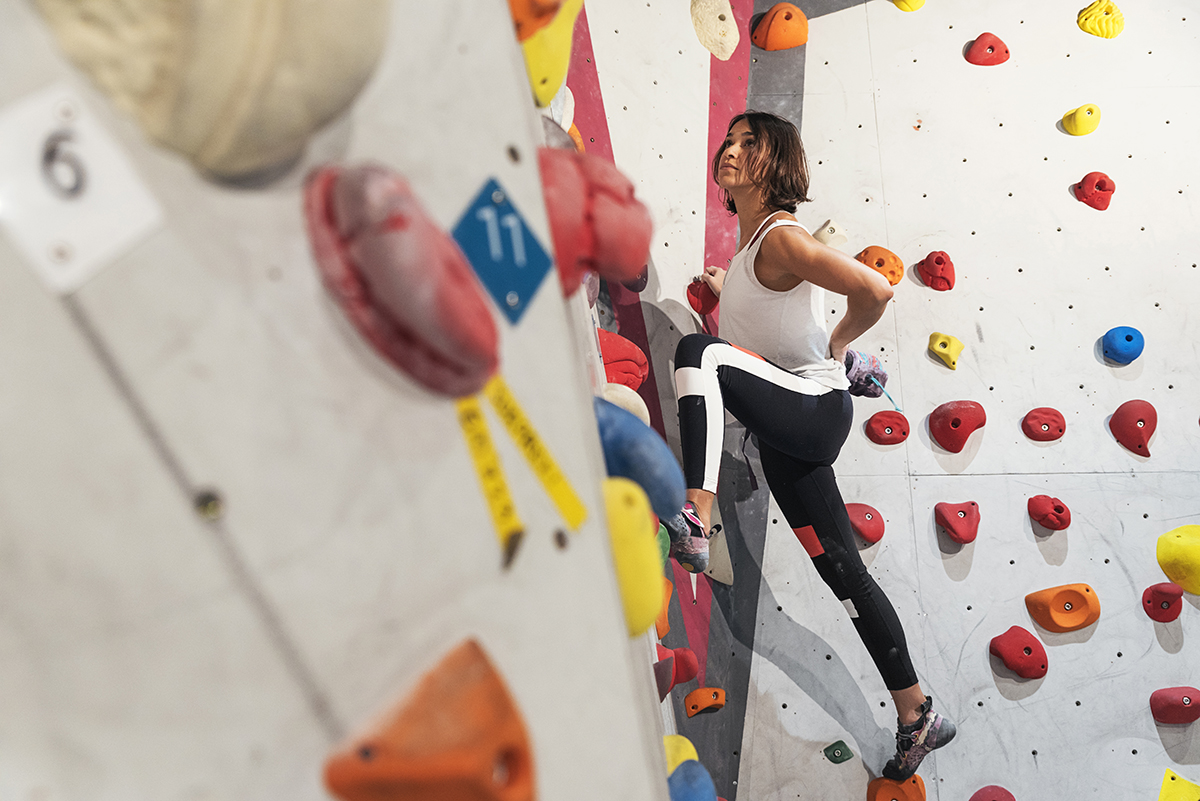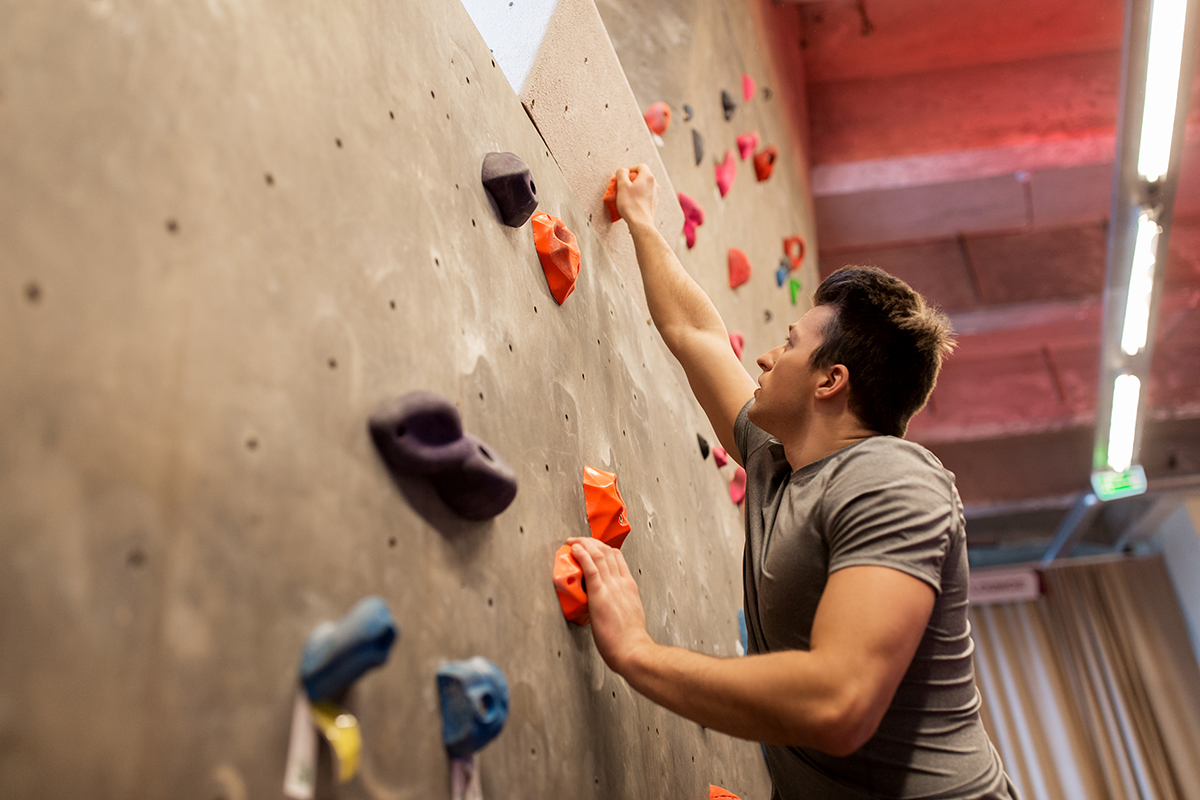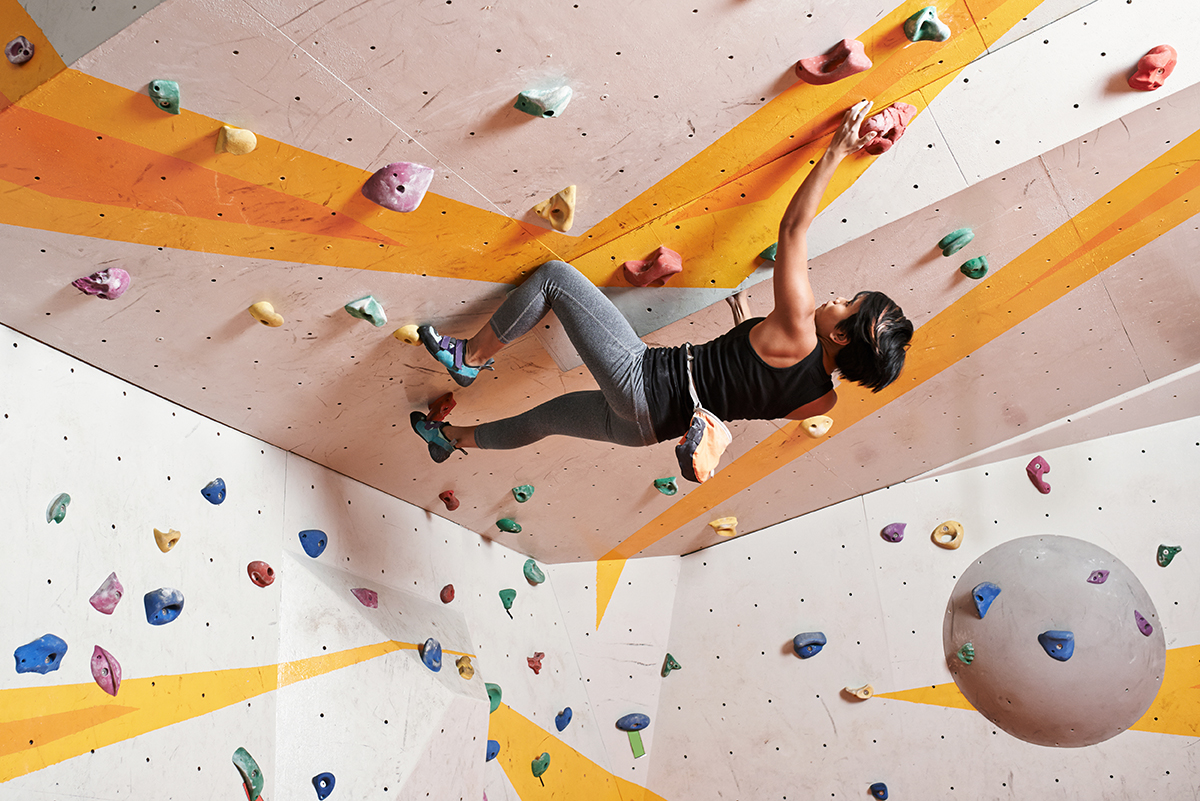Rock climbing likely looks a little insane from an outsider’s perspective. Why are people wrestling with boulders just to stand on top of them? Or why are people grunting as they clumsily get higher and higher off the ground, just to be lowered back down to try to do the same thing twenty feet to the right?
What is it that makes climbing so addictive that it looks a little crazy to non-climbers? We think we know: It’s the way unlocking a sequence makes us feel, or spiritually communing with nature, or learning more about ourselves through our pursuit of overcoming physical puzzles. At least, that’s what it means to us. Whatever the reason for you, it’s easier to show than explain, much like how the different styles of climbing are easy to see.
So, what are the different climbing styles? They are the ways that we climbers enjoy, or hate, to get up a wall. From slab to overhang, we all have a favorite style. What’s yours?
The Many Faces of Rock Climbing
Climbing is more than just going up. You’ve likely had that climbing partner who, when asked for beta, replies, “Just go up.” Thanks, Eli, it gets funnier every time… The issue with this, albeit unhelpful but always slightly comical beta, until your friend overuses it, is that climbing is more than ‘just going up.’
Much of climbing is going up, or over, or back—it’s a dance that requires you to be fully present. Sometimes that dance is delicate and requires you to slowly step through on your toes. Other times, it’s a flowy sequence of perfectly placed hand and footholds ready to be gripped and pushed past. And we can forget when it’s a powerful leap that leaves all your limbs flying through the air, only to be caught with just one hand.
Wall angles shape the way we move. That delicate-dance-like movement? That’s your slab climbing prowess on display. Direct vertical walls often see lovely flowing routes up them. And dynamic lurching can be watched on many overhung walls. (These are the stereotypical route descriptions of these wall angles.)
The mental and physical puzzles hidden in different styles are part of why climbers can seem like they’re addicted. Figuring out how to climb a route is a tremendously rewarding feeling. But that’s only a piece of the pie. Next is actually succeeding in climbing the route. Merely knowing how is only half the battle. Do you have the strength/flexibility/endurance/coordination to actually send the problem.
Slab Climbing: The Art of Balance
Strong toes, calves of steel, and nerves of… rock: Slab climbing.
This style requires you to forget about the fear of falling and forces you to stay calm when it feels like you’ll slide right off. The head-game required for slab climbing may be the strongest you need for any style, because falls on slab may be the worst falls on any style of wall. If you’re bouldering, you may be able to kick out and away from the wall and escape with a raised heart rate. But when lead climbing, you could become a human “knees-grater,” bump your heels into the wall and flip backward, or you could run backward down the wall until you’re safely caught. Those are your options!
Trusting your feet when holds disappear is not for the faint of heart. Common slab techniques every climber should hone include: keeping your heels down to make the most amount of contact with your shoe rubber, leaning forward to keep your balance point close to the wall, and using small steps over big ones will help you maintain your stability on the wall.
Vertical Walls: Precision Meets Power
The vertical wall is the happy medium between slab and overhung climbing. Whether the wall is dead vertical at 90° or slightly overhung, the technique to reach the top is vastly the same. It will require endurance, route reading, and resting strategies.
Finger strength is another commonality required on many vertical routes. Additionally, good endurance and footwork are also key. You must understand how to flag and smear and swap feet effortlessly to reach the top of the wall. And if you can’t figure out a sequence right away, having good endurance will help you when you need some extra time to read the route!
Speaking of reading the route, while your footwork is important, what may be even more important is your ability to read a route when everything looks the same. This skill comes with experience. You’ll learn to read a few moves ahead and understand which hand should go where, then which foot should follow to make your hips go there, and so on.
Lastly, resting is a skill—seriously. Being able to rest and recover while hanging onto a wall, however many feet above the ground you are, is no walk in the park. “Hanging by your bones,” as they call it, is resting with straight arms while trying to use the least amount of muscle as possible.
Overhangs: Power and Endurance
Climbing on an overhang for the first time will show you just how much work you have to do to become a well-rounded climber. While your arms can be used as a crutch in the other styles, you must understand how to use your feet and your core effectively so as not to burn out too quickly.
Some tricks of the trade include utilizing moves to take off the weight on your hands: Heel hooks and toe hooks are among the biggest help when trying to save some energy. These use your leg muscles and allow you to save a little bit of gas for the rest of the moves.
Eventually, you’ll have better endurance but still feel like you can’t climb on overhangs for very long. You must learn how to manage the pump and pace yourself on long and steep routes. Focus on your breathing and finding micro-rests through the climb. Then, when all else fails, you must use your mental grit to hang on longer. Your body will always give up before your mind: try to push that limit and hang on longer than you think you can!
Becoming a Well-Rounded Climber
No climbing style is better than the other. They all just ‘are.’ The beauty of variety in climbing lends itself to the variety in climbers who love to tackle their different styles. An elite-level slab climber may not have the upper body strength to climb a long and thuggy overhung cave route, while the inverse may not have the balance to even stand on a single small foothold.
While you may not enjoy every style of climbing the same, you should challenge yourself to try climbs that do not suit you for the pursuit of becoming a better all-around climber who can send anything they start up. So, do you have a favorite climbing style?






